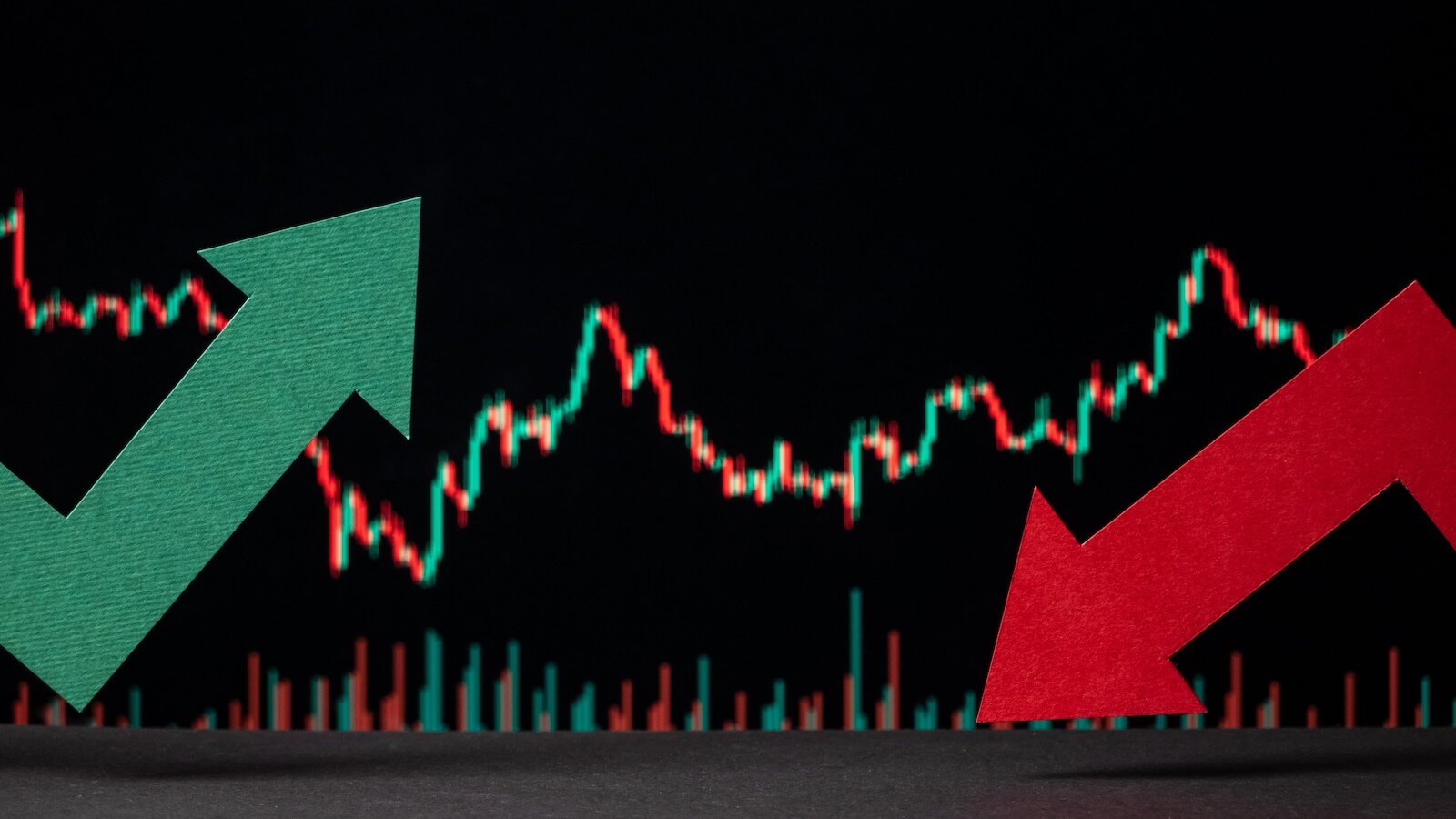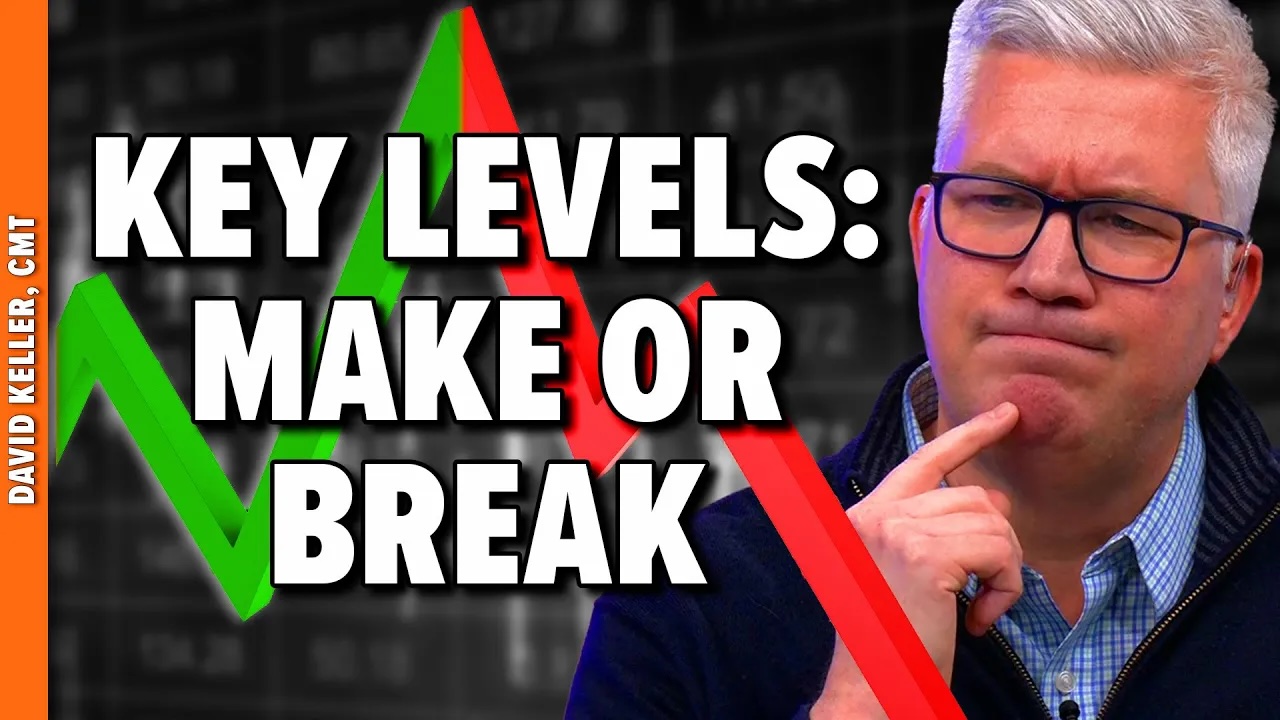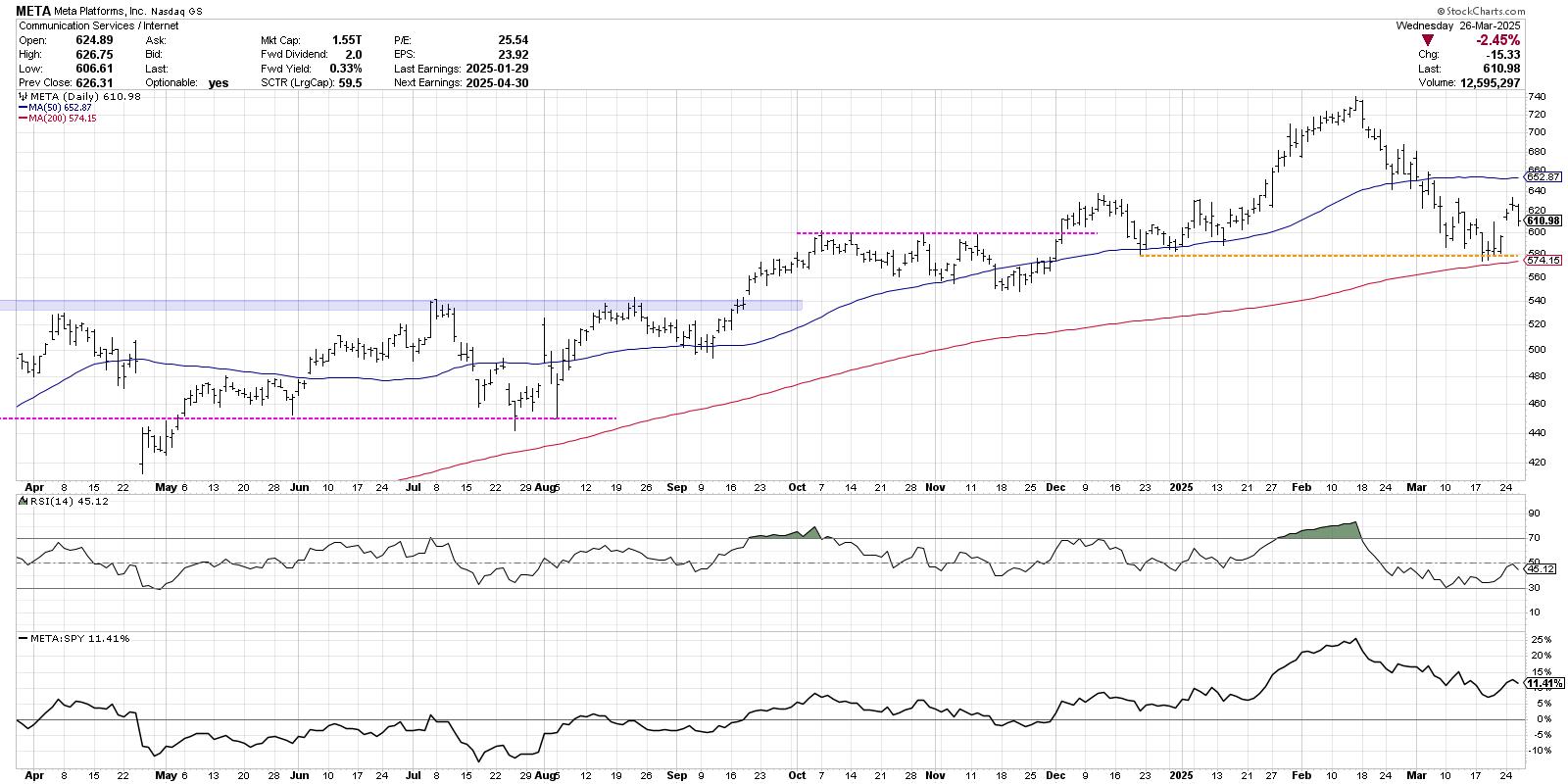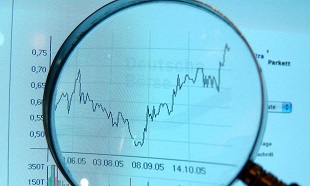 I’m going to change the focus for a while; for my own sanity and probably for yours. We have talked about a weight of the evidence approach and some of the indicators used in that approach. This approach tells us when to invest in the market and how much; it also tells us what stop loss percentages to use. We will cover the weight of the evidence levels and how the stops are determined along with buy rules later. So now we know when to invest and how much, but we haven’t talked about what to buy or how much. For the past 15 years I have only bought exchange traded funds (ETFs); prior to that it was mutual funds. ETFs became a huge advantage since you could monitor their moves during the market day and sell if stops were hit. Mutual funds as you know only have a daily closing price. This process of determining what to buy is under the Ranking and Selection section.
I’m going to change the focus for a while; for my own sanity and probably for yours. We have talked about a weight of the evidence approach and some of the indicators used in that approach. This approach tells us when to invest in the market and how much; it also tells us what stop loss percentages to use. We will cover the weight of the evidence levels and how the stops are determined along with buy rules later. So now we know when to invest and how much, but we haven’t talked about what to buy or how much. For the past 15 years I have only bought exchange traded funds (ETFs); prior to that it was mutual funds. ETFs became a huge advantage since you could monitor their moves during the market day and sell if stops were hit. Mutual funds as you know only have a daily closing price. This process of determining what to buy is under the Ranking and Selection section.
Ranking measures are the technical indicators used to determine which issues to buy based upon their trendiness. They can be assigned as mandatory or tie-breaker ranking measures. The mandatory ones are the ranking measures which MUST meet certain requirements before an issue can be bought. The tie-breaker ranking measures are there to assist in issue selection but are not mandatory. As you might expect there are not breadth indicators for individual stocks or ETFs.
Ranking measures can also be used with individual stocks, mutual funds, and bonds; however, there must be a process for selecting them if for any other reason than to reduce the number down to a useable amount. For example, in an ETF only strategy like mine, considering that there are nearly 2200 ETFs and a fully invested portfolio might only have positions in 10-12 ETFs. Ranking Measures are indicators, mainly of price or price relationships, that assist in the determination of whether an issue is in an uptrend or not. These trends are generally shorter term compared to weight of the evidence measures.
A very simple ranking measure might be something as simple as a rate of change (ROC) indicator. Remember, the model is telling us when, but not what. Just like the market, we want to buy not only when the market is trending up, but the ETF also must be trending up. Chart A shows a simple 8-day rate of change below the XLK plot. It is simply today’s price relative to the price 8 days ago. Cannot get much simpler than that. I also used recent data on the SPDR Technology ETF (XLK), even though I could have combed through the library looking for better examples. Whenever the ROC (bottom plot) is above the horizontal zero line that means the price at any point is above where it was 8 days ago. The ROC on StockCharts.com shows you the values in percentages; today is X% above where it was 8 days ago, and so on. You can choose any period you wish based upon the length of trends you prefer. For ranking measures, I tend to prefer 7-12 days. If something has started up and is still up after the chosen period it is then a candidate for purchase.
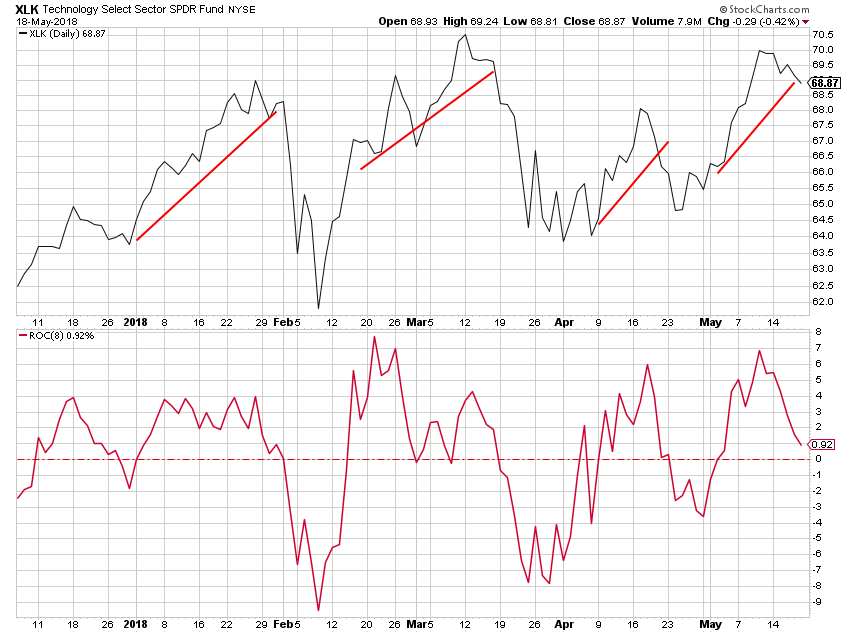 Chart A
Chart A
I have dozens of ranking measures, but the ones I deem are mandatory are the ones I consider the best. ROC is one of them, and I have 5-6 mandatory ranking measures. This article is to just make the transition to the ranking and selection process, along with a rule set for guidance. We will dive a little deeper into the various mandatory measures and then I’ll present a few of the tie-breaker ones that I like. For example, a great tie-breaker is Perry Kaufman’s Efficiency Ratio which measure how quickly one ETF goes from A to B versus another. Obviously, you could not use that for trendiness in the mandatory measures but will help you choose among the sometimes many qualified ETFs one that gets the job accomplished more efficiently.
Dance with the Trend,
Greg Morris


